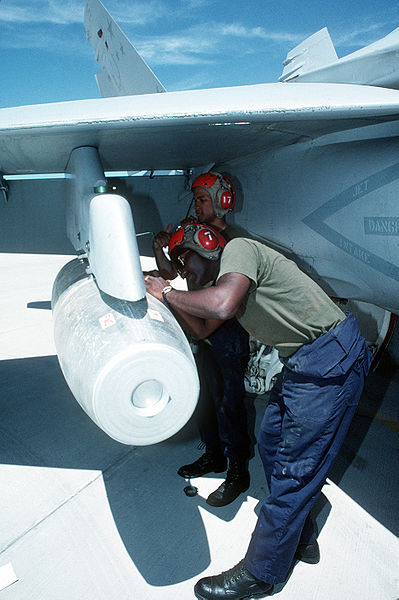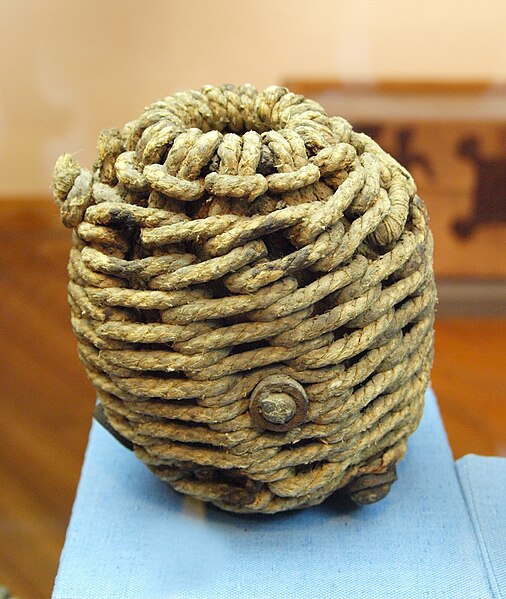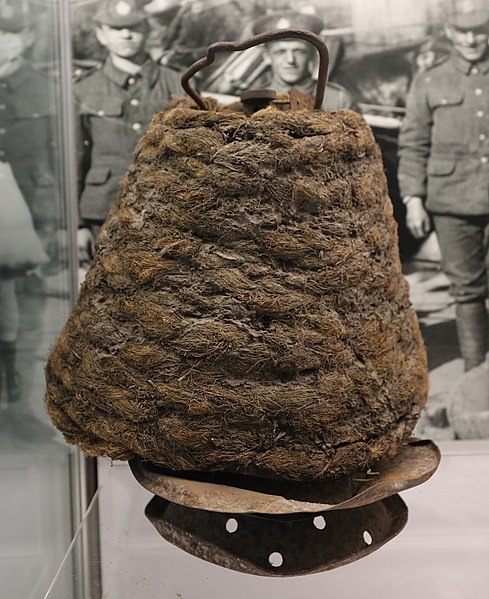A Molotov cocktail is a hand-thrown incendiary weapon consisting of a frangible container filled with flammable substances and equipped with a fuse. In use, the fuse attached to the container is lit and the weapon is thrown, shattering on impact. This ignites the flammable substances contained in the bottle and spreads flames as the fuel burns.
Vyacheslav Molotov, 1945
Match-style fuses for a Swedish, military grade molotov cocktail (Brännflaska)
Finnish soldiers in the Winter War. Tanks were destroyed with satchel charges and Molotov cocktails. The bottle has storm matches instead of a rag for a fuse.
A squad of Home Guard soldiers training to defend a street with 'Molotov cocktail' petrol bombs
Incendiary weapons, incendiary devices, incendiary munitions, or incendiary bombs are weapons designed to start fires or destroy sensitive equipment using fire, using materials such as napalm, thermite, magnesium powder, chlorine trifluoride, or white phosphorus. Though colloquially often known as bombs, they are not explosives but in fact are designed to slow the process of chemical reactions and use ignition rather than detonation to start or maintain the reaction. Napalm, for example, is petroleum especially thickened with certain chemicals into a 'gel' to slow, but not stop, combustion, releasing energy over a longer time than an explosive device. In the case of napalm, the gel adheres to surfaces and resists suppression.
Mark 77 napalm bomb is loaded in a June 1993 training exercise onto a US Marine Strike Fighter Squadron F/A-18A Hornet aircraft
A 17th century fire or light ball from Veste Coburg, Germany
An incendiary bomb dropped on Southend-on-Sea in 1916
A German World War II 1 kg incendiary bomb








